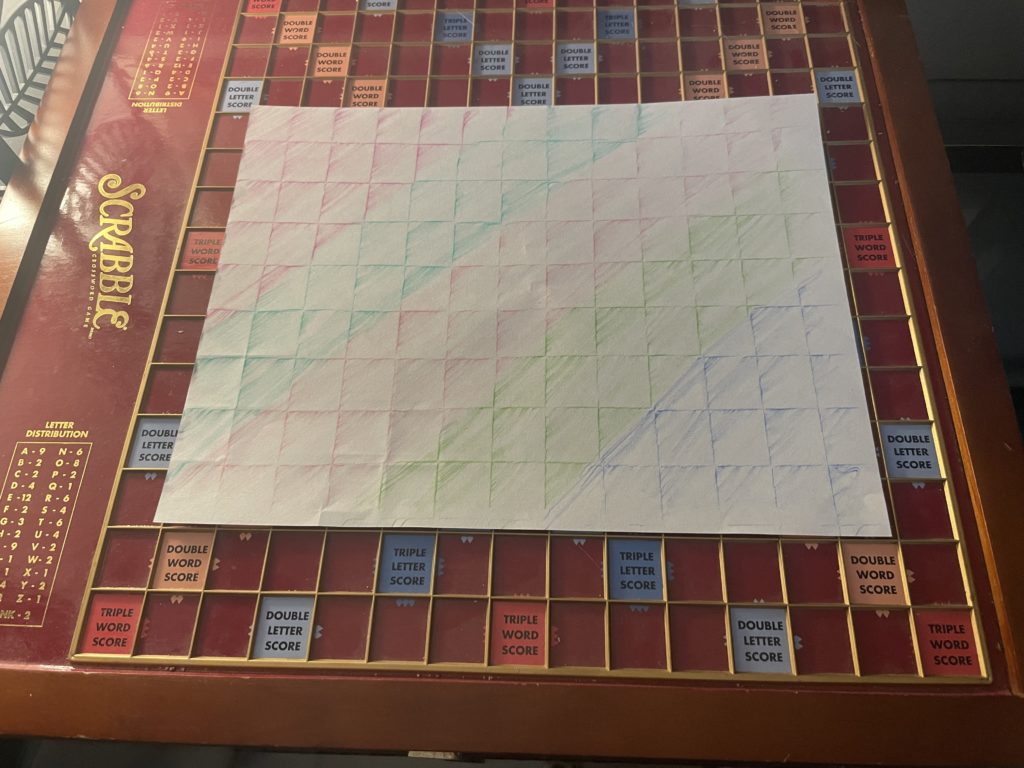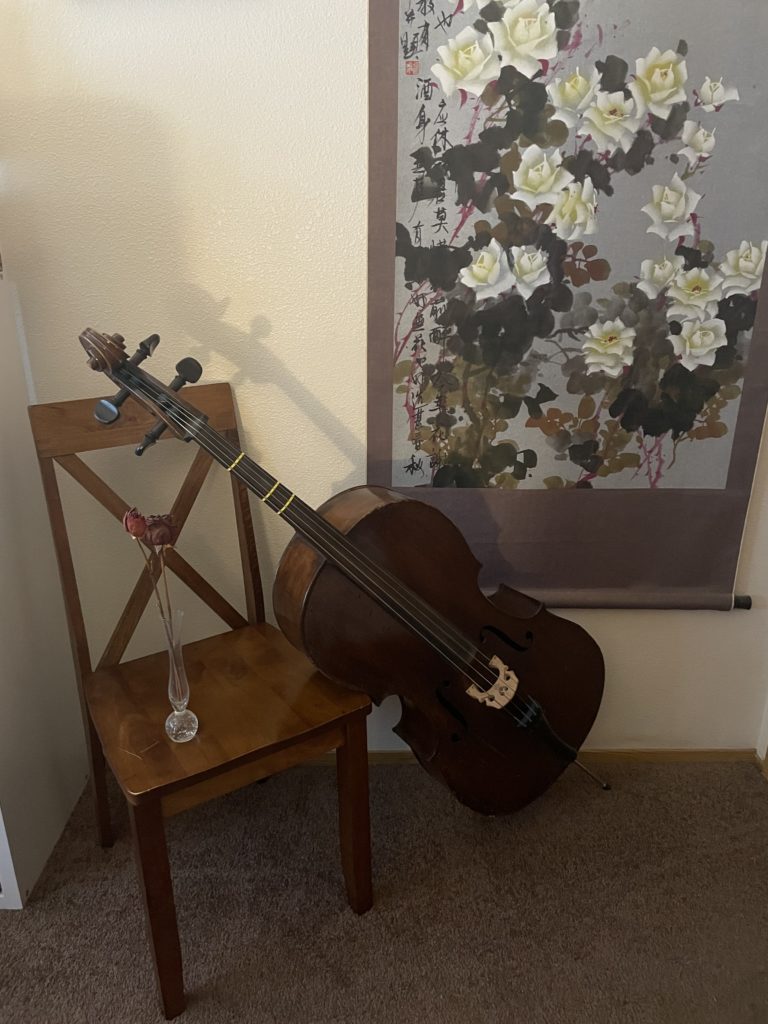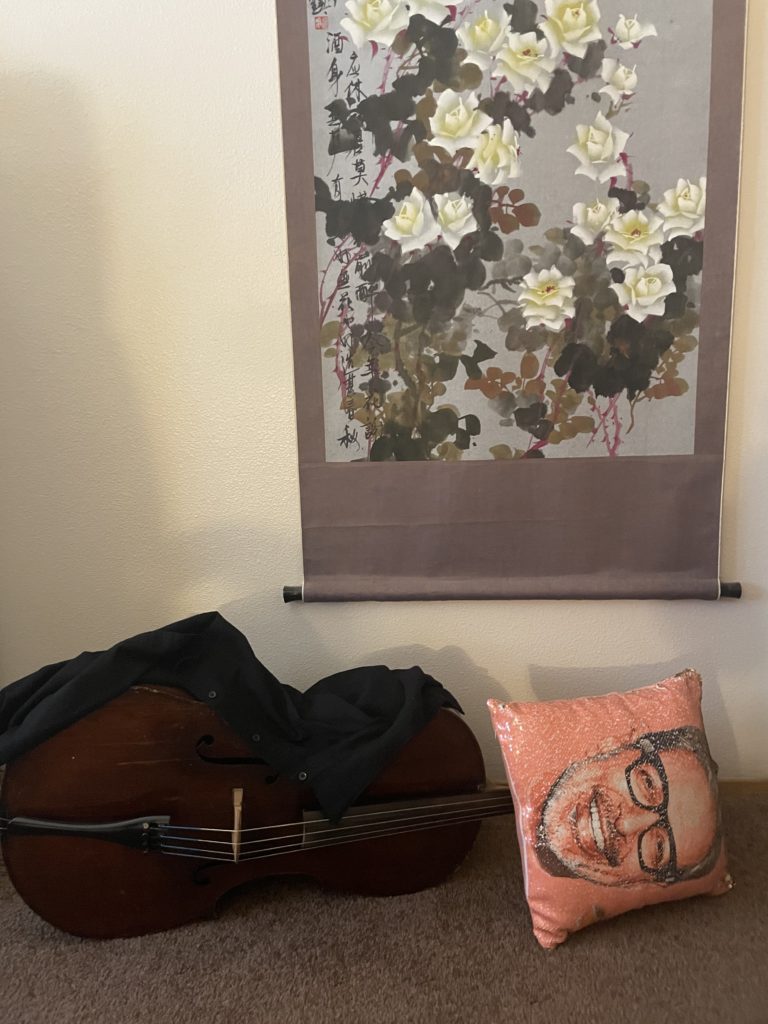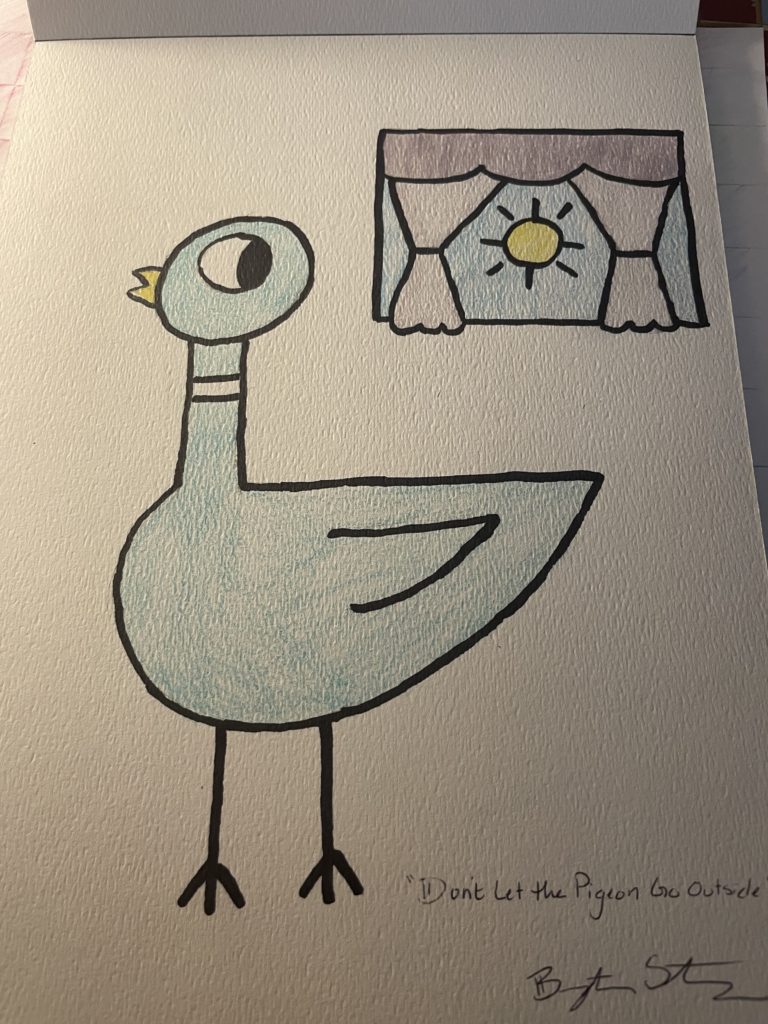In high school, I used to skip school to go to the Portland Art Museum.
I am not an artist. I don’t draw, or paint, or sew, or do pottery. But I love art and art history. I love learning about art, reading about art, and I especially love looking at art. I like that simply looking at art can make me feel something.
But I’ve never considered myself an artist. That is—until I read a book that changed my mind on that.
Before I talk about the book, I want to talk about the author. I first learned about Sarah Urist Green through knowing about her husband, YA author, John Green (author of The Fault in Our Stars). I knew she was an art curator—my dream job (aside from being a librarian, of course) and not much else. She came into my radar again in a more significant way in 2014 when she created the PBS show, The Art Assignment, in which artists encourage viewers to imitate their art. I’ve watched many episodes of that show, but never felt brave enough to do any of the exercises featured.
Because, you know, I’m not an artist.
And then 2020 came.
And then her book came out.
Inspired by The Art Assignment, You Are an Artist: Assignments to Spark Creation encourages you to make art. The back of the book says, “You don’t have to know how to draw well, stretch a canvas, or mix a paint color that perfectly matches that of a mountain stream. The only materials you’ll need are what you already have on hand or can source for free. This book opens up the processes and practices of artists and proves that you, too, have what it takes to call yourself one.”
And then I bought the book.
And then, I did the first “assignment.”
The first assignment is actually something I had done before—and something that you have probably done before, too. Based on artist Kim Beck’s work, the first assignment has you do a surface rubbing. Beck considers rubbings to be “a kind of alternative snapshot. Rather than capturing a place the way a photograph does—through light and time—a rubbing creates a record of a place through texture and touch.”
The assignment has you make a rubbing of a piece of ground that you respond to in some way, this could be because of the rocks, the texture, or emotional significance. I have never been much or a rule follower (read the first sentence of this blog if you need a reminder) and since it was the beginning of quarantine, I decided to do surface rubbings of things in my home, where I was spending the most time. The first one I did, and the one I’ll share with you, is of my Scrabble board. As an avid Scrabble player, I only thought of the squares as the empty space to put your tiles. The foundation for a winning word. After the rubbing though, I saw the squares as geometric shapes. I saw how perfect (and sometimes how imperfect they were if my paper slipped), and I found comfort in the repeating pattern. It took the surface of an item that usually creates stress for me, and turned it into comfort, and allowed me to look at something I look at every single day in a new way.

Another assignment asks you to rearrange furniture based on a specific mood. Here, I tried to make something a little romantic, and a little sad. A cello that doesn’t get much use, items from grandparents passed on, dead flowers – all symbols for the feelings I was trying to portray.

But then I decided to see if I could re-create the iconic Jeff Goldblum scene from Jurassic Park (if you know, you know) with objects I had on hand. Is it art? I think so.

Finally, inspired by one of my favorite contemporary children’s authors, Mo Willems, I drew the cover of a book in his style, as if Pigeon were living during the pandemic. It’s called “Don’t Let the Pigeon Go Outside.” It’s funny, sure. But it was also a simple, but powerful way to get my own feelings about the pandemic (or at least some of the feelings) onto a page.

And now I don’t feel so weird saying that I’m an artist. (Though I won’t say I’m a good artist.)
So, I implore you and/or your little ones at home to create art. Find artists you like and try to imitate their style. Talk about the materials you’re using and the feelings you’re feeling.
If you need a place to start (I’m not going to give you an assignment without giving you some tools), you can check out one of many of our art-themed programs during the fall. Our programming theme for this quarter is “Diversity in the Arts,” and you’ll see programs that not only feature diverse artists, but also a lot of different types of art.
And of course, here is a list of books that might help spark some creativity, too.
